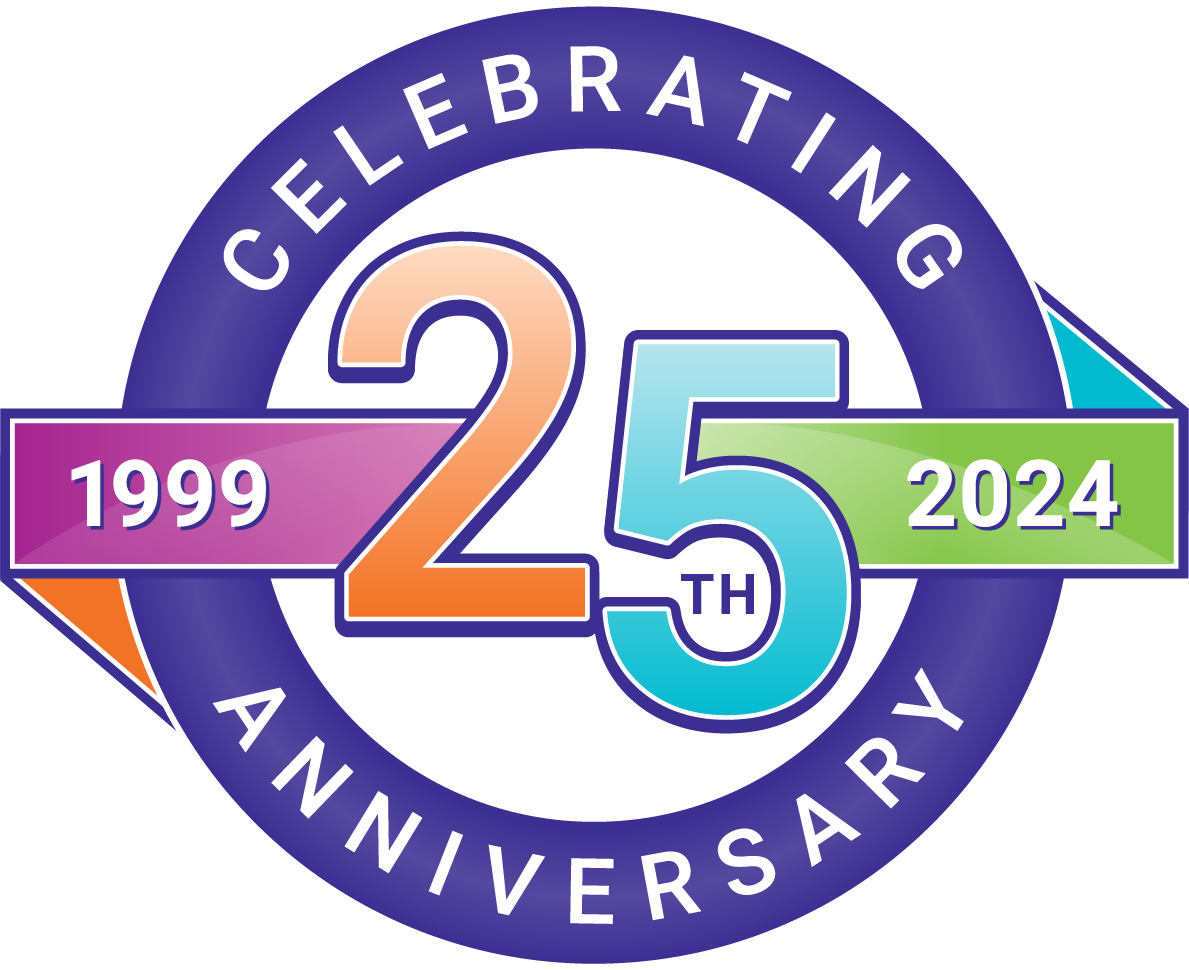Build Search Strings
For efficient searching, use the keywords you just identified to build a search string using one or more of the following techniques.
To learn how, watch the two video tutorials, and then read the information below.
Building Search Strings, Part 1 Building Search Strings, Part 2
Boolean Operators
The results of performing Boolean searches are sometimes illustrated by Venn diagrams. The diagrams show graphically how using the AND operator narrows a search, using the OR operator broadens a search, and using the NOT operator excludes material from a search. The green section in each diagram represents the results for each search.
| Operator | Example | The search will find... | Venn diagram results |
|---|---|---|---|
| AND | "north carolina" AND prohibition | items containing both "North Carolina" and "prohibition." AND narrows a search, resulting in fewer hits. |
|
| OR | zimbabwe OR rhodesia | items containing either "Zimbabwe" or "Rhodesia" or both. OR broadens a search, resulting in more hits. |
|
NOT |
mexico NOT "new mexico" | items containing "Mexico" but not "New Mexico." NOT narrows a search. Caution! It's easy to exclude relevant items. |
|
Phrase Search
When you do a phrase search, you'll be able to locate pages in which those words appear together in that order. To do a phrase search, type the exact phrase you're looking for surrounded by quotation marks.
- Example: A search for "Ernest Hemingway" will retrieve articles about Ernest Hemingway but not some other Ernest or some other Hemingway.
- Example: A search for "chronic fatigue syndrome" will retrieve articles about the illness chronic fatigue syndrome but not some other chronic or fatigue or syndrome.
Truncation & Wildcards
Using special symbols within a word allows you to improve the quality and number of hits you receive with a search.
A symbol at the end of a word stem provides for all variants on the word stem. The most commonly used symbol is the asterisk (*).
- Example: A search for educat* will retrieve educate, educating, education, educational, educator, educators, etc.
A symbol within a word provides for all possible variants inside a word or word stem. The most commonly used symbols for internal truncation are #, ? and ! Check with the resource you are using to see which symbols it uses.
- Example: A search for wom#n will retrieve woman and women
Nesting
Combine parentheses with Boolean operators to control a search. The way you group your expressions within the search will determine the results you get back. Use parentheses to clarify relationships between search terms.
- Example: A search for (television OR "mass media") AND women will retrieve all records that have the word women and also the word television or the phrase mass media
- Example: A search for (automobile OR car) AND sales will retrieve all records that have the word sales and also the word automobile or car
Next => Now that you have a search strategy, it is time to plan possible sources.
| Educator Content There is currently no educator content for this page. |
|
Do you want to share this page with students, but you don't want students to see the Educator Content section? Share this link instead of the URL at the top of the page: |



